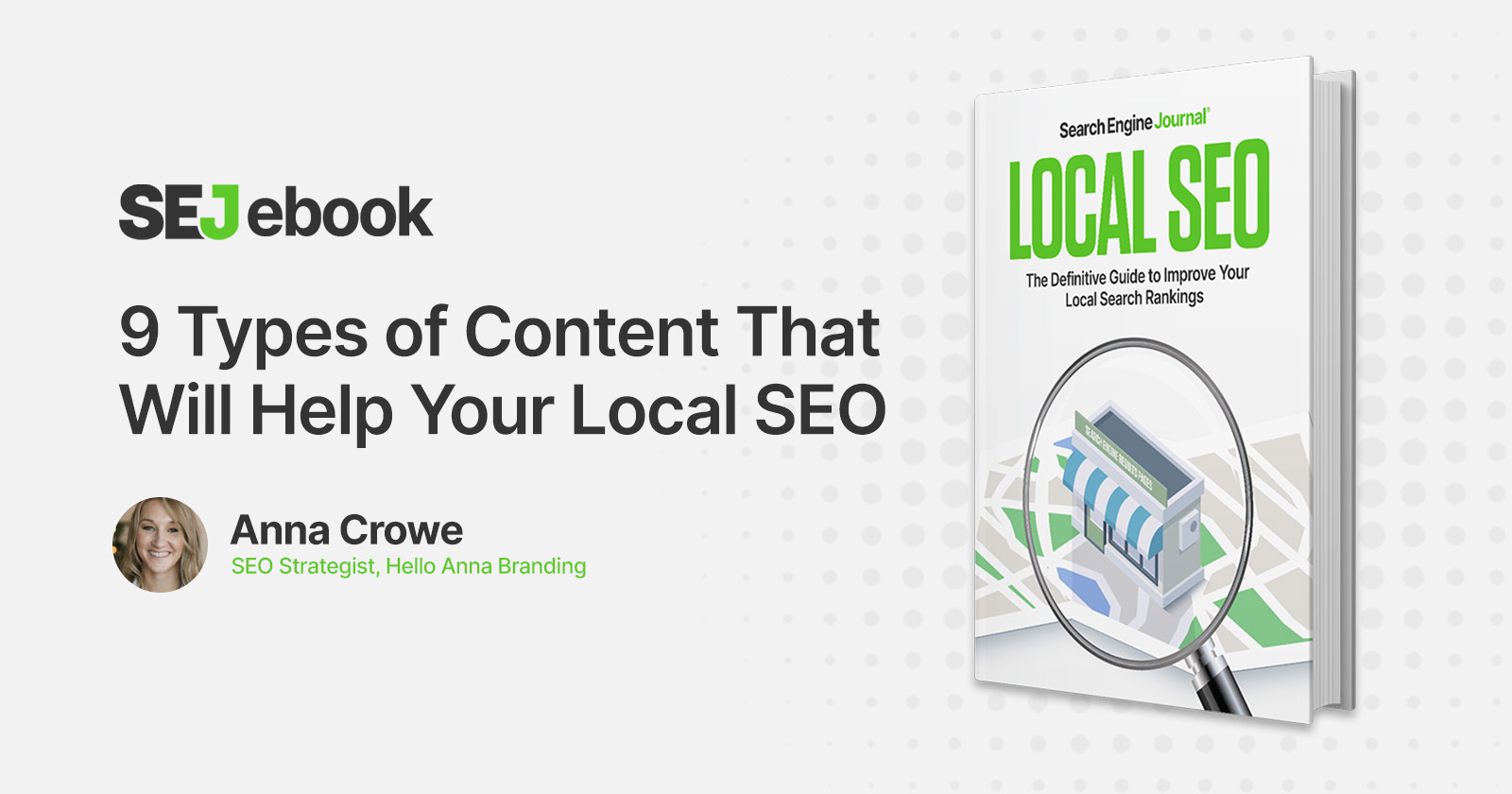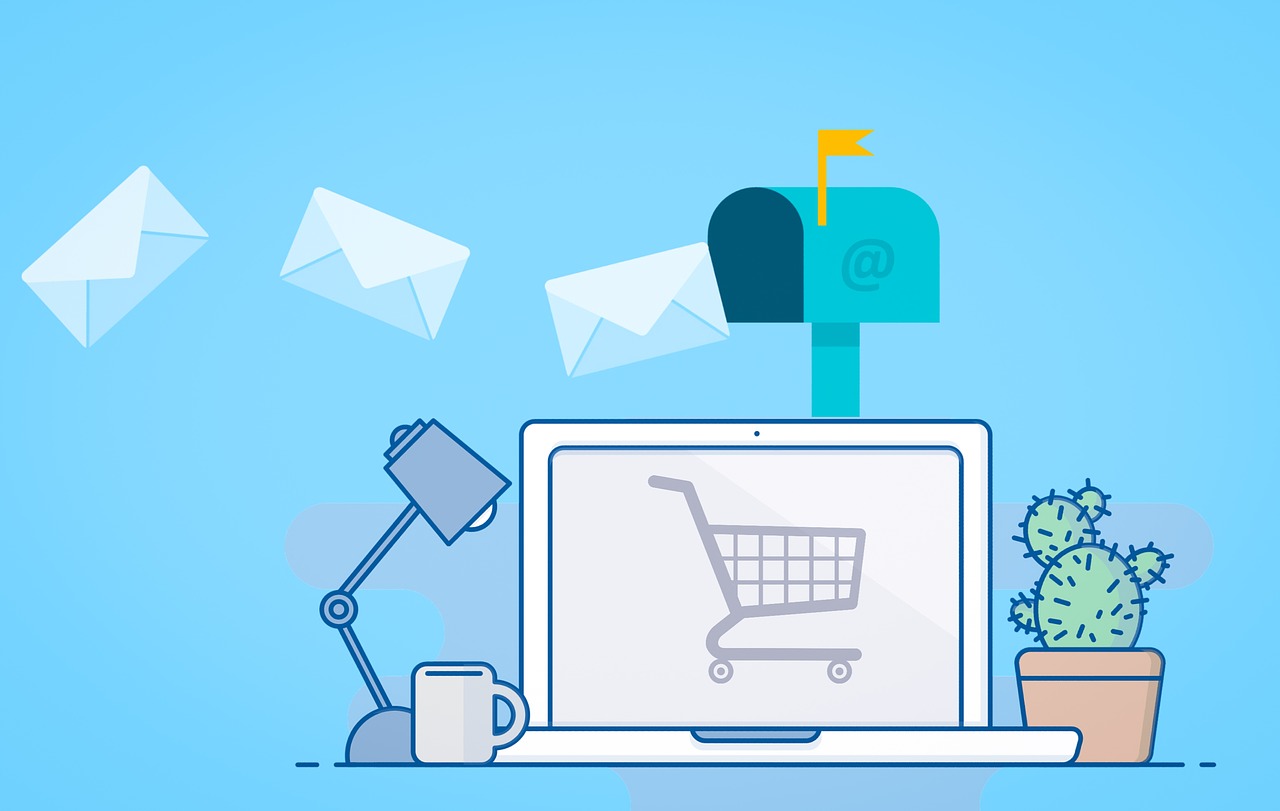Search And Repeat Business: Do You Need To Advertise To The Loyal? via @sejournal, @jonkagan
Is it worth spending and advertising to loyal customers? Here are some answers including industry best practices that you can adapt depending on your vertical. The post Search And Repeat Business: Do You Need To Advertise To The Loyal?...

Repeat customers are often deemed loyal customers. But should you pay for their loyalty?
I’ve been in the search marketing space for more than 18 years.
Most things in this space change regularly; the examples are a dime a dozen.
When I started in this industry:
Yahoo was the dominant US search engine and ad platform (then known as Overture). There were just two match types in Yahoo: Standard and Advanced. AOL and AskJeeves had standalone ad platforms. Bing (it’ll never be Microsoft to me) was powered by Yahoo. Google creatives were a total of 70 characters. … And the NY Jets were still good.But one question continues to haunt me, and I seek the answer like Captain Ahab pursuing the great white whale in Moby Dick – one that does not have a definitive answer, but merely a point of view: “Should I bother spending on search ads for customers who have purchased before?”
Now that I’ve gotten the symbolism out of the way let’s cut to the chase.
The reality is that the answer is made up of part-industry best practices, part-semi-definitive answers, and part-pure subjectivity.
I’ll take the angle of what I view as the best course of action.
Best Practices
First, let’s address the facts of this question.
This, in reality, encompasses all paid digital media as well (not just search).
You Need Retargeting Lists
Regardless of which side of the fence you sit on, you will absolutely need retargeting lists.
Whether they are a Google Ads Pixel, GA Audience, UET Pixel, Facebook Audience, CRM, or email list upload, you will need them.
Why?
Fairly straightforward, if you want to continue advertising to these searchers, you want them on a remarketing list to show if they were of value, made a purchase, etc.
If you don’t want to advertise to these individuals, then they just as quickly become an audience exclusion list.
These are just the facts (of any diligent marketer).
 Different audiences in the purchase cycle (as described as parts of a tree).
Different audiences in the purchase cycle (as described as parts of a tree).
Advertise To Repeat Customers
If you do not advertise to a repeat consumer, remember that your competitor will.
Clickshare does not matter when you aren’t there because you just potentially lost some market share. For those of you not convinced, I request you look back at an old Bravo show: Flipping Out with Jeff Lewis, when his former business partner actively bid on his name to get interior design leads (season 3, episode 11, the reunion).Never Stop Working On Organic Search
The absolute most important thing to remember – and I cannot stress this enough – is whether or not you choose to spend on a potential repeat customer.
At no point should you ever stop working on your organic search or organic media efforts.
The moment you do that, you will be further behind than you ever realized.
Semi-Definitive Answers
Next, let’s address what is mildly subjective but, in reality, has a well-defined answer.
Never Stop Brand Search
While there is no true bible to search (although “Ponderings of a PPC Professional” by Kirk Williams is a good direction for one), I can confidently say from experience that if there were 10 commandments of SEM, #1 on the list would be this:
Never stop brand search, even for repeat customers (with exceptions to a couple of major brands and/or audience targets).
Want some evidence? Defer to this article I previously did around it this topic: Are Brand Keywords Valuable For Every Audience?First-Time Customers > Repeat Customers
First-time customers are more valuable than repeat customers because first-time customers become repeat customers – providing you manage their experience correctly.
So there are only a few reasons not to market to a first-time customer (yes, I do get asked this question way more often than I should.)
Unless you’re a “one and done” vertical (which does exist), always measure new customers through the lens of lifetime value (LTV).
First-time customers and repeat customers are not the same people (literally) and should be given different experiences or incentives based on their history.
Subjective Answers
I am in the camp of yes, you should continue advertising to loyal/repeat customers.
To answer why, you need to segment it into multiple groups.
Brand Search
As noted in the prior section, you should never stop brand – if for no other reason but to defend your place in the market.
A first-time customer usually closes the deal for other media efforts (i.e., social, display, etc.). First-time customers are the most valuable, and often serving them a discount/incentive in the ad or UX will help seal the deal.
For repeat customers, they have established some degree of loyalty, and you will want to customize the ad copy to remind them why they purchased the first time. But also, there is less of a need (or no need) to incentivize them in the ad or UX.
Marketing to repeat purchasers will most likely have the highest conversion rate, and by spending the money on them, you can continue to guide their experience to what best fits your business needs.
I will note there are some exceptions to this rule.
A couple of reasons include:
You’re in a “one and done” vertical, where they are not expected to come back and purchase again. You have a hyper-niche vertical, where you have a known brand, but only a certain segment of consumers are qualified to purchase from you (in this scenario, you overlay heavy audience and demographic targeting on your ads).Non-Brand Search
The obvious answer for spending on first-time customers is yes. No further explanation is needed.
Repeat customers search on non-brand keywords for a variety of reasons, including:
Price point. Unaware of vertical options. Prior experience with your brand. Time has passed, and they simply can’t remember your brand name (this happens frequently).I am still a supporter of spending on repeat customers searching on non-brand for the following reasons:
You can entice them with incentives (but not as good as the first-time purchaser) in the ad or the UX. Spending on non-brand helps you gather more data on an individual to help you better understand their needs. It further adds them to remarketing lists. My personal favorite is customizing ads to remind them of why they bought from you in the first place.Pro-Tip: Do not bid as aggressively on repeat buyers on non-brand keywords; if they are shopping by price, it just isn’t worth it – unless you’re the best price point.
Shopping
Everyone who is eligible, always be willing to spend on them. The image and price point will do the job for you.
 Target all qualified customers.
Target all qualified customers.
Performance Max
(Note this is as of May 2023).
You can bid for everyone or first-time customers.
The reality is that you can’t exclude anyone (yet).
I am a fan of separating it into two campaigns: one for first-time customers (with an over-inflated budget) and another for repeat customers.
I set the first-time customer campaign to a max conversion strategy (either no CPA cap or a higher CPA cap than repeat visitors) in the best effort one can make to prevent the all-audience campaign from trumping it.
(Disclaimer: This is a workaround, not a condoned or 100% effective tactic.)
YouTube/GDN/MSAN
Once again, my stance is to advertise to all eligible on these.
However, the purpose for these is different vs. search elements, so it should be broken out differently as well:
Prospecting: Never visited (possibly brand unaware). Give them a message of who you are and what you do. Engagers: Those who have visited the site and didn’t convert (either at all or in a selected window). Give them a message about why you are the right choice, and deliver your “hook” to get them to return and purchase. Retention: Those who have previously purchased. Tell them why they need to purchase again (lay on the guilt trip here).Google Discovery
This is one of the exceptions I have, where I do not believe in spending in standalone Google Discovery for repeat customers, for the following reasons:
Performance Max will pick them up already, and you just can’t get out of the Discovery side of PMax.
If you know what you’re doing, you’ve collected their email already, and you can use your email marketing strategy to catch them.
Takeaway
I want to tell you that there is a concrete answer as to whether or not to spend on customer loyalty.
There are parts you absolutely should spend money on – and for the rest, I believe you should, for the most part.
But, if you are to be successful in client retention, you will end up spending one way or another.
If it isn’t paid search, then it is in email, investment in labor on SEO, or organic social media posting.
One way or another, you’ll pay for it.
It is just your job to decide which strategy makes the most sense.
More resources:
SEM Or Paid Social: Why Use Both? SEM Strategy In 2023: More Ahead With Your Year In Review The Biggest PPC Trends of 2023, According to 22 ExpertsFeatured Image: batjaket/Shutterstock

 Aliver
Aliver 





























